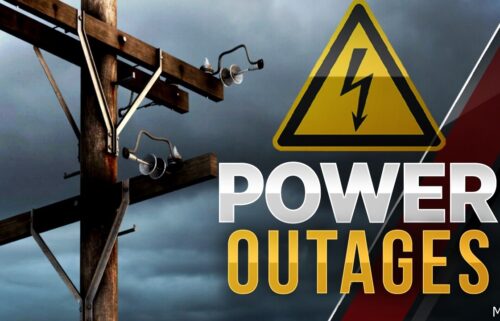Latinos And Diabetes: A Dangerous Combination
Diabetes is a life-changing disease. One in seven Californians have Type 2 diabetes, the most common form. Diabetes rates are up 36 percent over the past decade, according to the California Department of Public Health. The disturbing new numbers have not gone unnoticed.
Headaches signaled to Bea Gonzalez that something was wrong. She said “I thought that’s kind of strange. So I went to the doctor and my blood sugar was pretty high. And I said, ‘There you go. You have diabetes. Congratulations.'”
But Gonzalez didn’t take the diagnosis too seriously, at least not at first. Not properly treated, diabetes can lead to blindness, heart disease, amputation and even death. But unlike other diseases, people with diabetes often don’t feel any pain reminding them there’s something wrong. Many ignore their diagnosis for years.
It’s even scarier for Latino families. The California Department of Public Health says one in four Hispanics have diabetes, compared to one in ten whites.
Doctor Rodolfo Batarse specializes in diabetes prevention. He said, “It’s a big big deal. And diabetes is silent.” Batarse said diabetes too often goes unchecked for five to ten years before a person seeks treatment. That can be dangerous.
Batarse said diabetics, “Don’t say ‘I think I have to go see a doctor because my sugar is high.’ It’s very rare of a case that would happen.” Batarse is working updates to a book called, “Taking Control Of Your Diabetes.” It’s now in it’s third edition, and also coming out in a first Spanish-language edition.
Batarse said the best a patient can do is to slow the damage the disease causes to the body. “A big thing with diabetes is education,” Batarse said. “There’s a lot of denial.”
Josie Amador, recently diagnosed with the disease said, “It’s really hard being a diabetic. Sometimes I wish I could just wish it away because I’m not used to it.” Amador has Type 2 diabetes, and is like many others who know living up to the dietary restrictions and lifestyle changes aren’t easy. She said she fails almost daily, and she sometimes feels like a failure.
Gonzalez said it’s difficult to administer change, and to expect it to happen overnight. She said, “It’s not just going to happen.” But she also knows change is possible. She has old pictures on her refrigerator. She uses them as reminders of what she once was and as motivation for the future.
She’s lost 40 pounds by eating healthier and working out at the gym. She also knows she’s lucky to have adequate access to health care, which is a crisis in the Latino community. “People talk about certain hospitals here in the valley and say don’t go there,” Gonzalez said. “You’re not going to make it out. But it’s not what it is. People are going to the E.R. when they’re way beyond any kind of treatment. They’re so ill that by the time they get there it’s too late.”
The California Department of Public Health says diabetes health care and treatment costs are estimated at $24.5 billion in America, or $700 for every man, woman and child. Health care professionals here in the desert are working to raise diabetes awareness in the Latino community. Dr. Batarse said once the patient and their family both accept they have diabetes, that’s the first step. It’s also a major step in managing it. Changes are needed, not only for those with this disease, but their entire families to prevent its spread.



